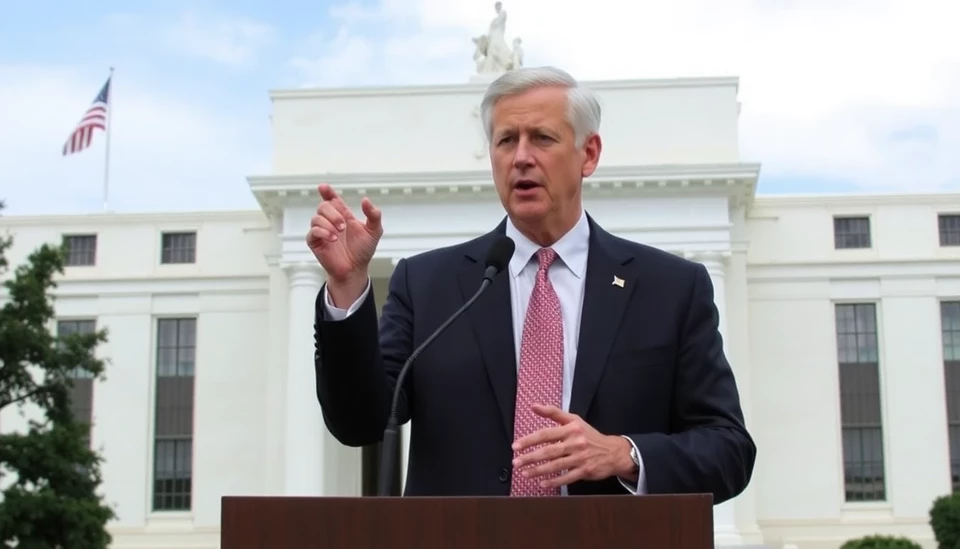
In a significant move that has garnered attention from financial markets and economic analysts alike, the Federal Reserve has announced a reduction in interest rates by a quarter of a percentage point. This decision marks a pivotal shift in monetary policy in response to ongoing economic conditions. The Fed has also indicated that further rate cuts may be anticipated in the forthcoming year of 2025.
The recent decision by the Federal Reserve is indicative of adjustments aimed at supporting economic growth amidst fluctuating external factors, including inflation trends and labor market dynamics. With this quarter-point reduction, the target range for the federal funds rate now falls between 4.25% and 4.50%. The Federal Reserve has emphasized that this action is not just a response to current economic conditions but also a preemptive measure to ensure long-term stability.
This latest decision from the central bank comes in light of various economic indicators suggesting a slowdown in certain sectors. The Fed's policymakers have highlighted their commitment to navigating through complex economic challenges, including concerns related to inflation remaining above the targeted 2%. By lowering interest rates, the Fed aims to spur consumer spending and business investment, which are essential for fueling economic growth.
Moreover, in a forward-looking statement, the Federal Reserve signaled that additional rate cuts could be on the horizon. While it remains to be seen how economic conditions will evolve over the next year, the projection of potential reductions suggests that policymakers are keenly aware of the need for proactive measures to sustain economic momentum. The Fed’s leaders have articulated a cautious optimism, balancing the objective of nurturing economic growth while being vigilant of inflationary pressures.
The central bank's communications have caught the interest of market participants, leading to significant movements in stock and bond markets. Investors have reacted to the announcement with a mixture of enthusiasm and caution as they digest the implications of lower borrowing costs in an environment where economic uncertainty prevails. Financial analysts are currently keeping a close watch on upcoming economic reports to gauge the likelihood of further cuts and the overall trajectory of monetary policy in the U.S. economy.
The reactions from different sectors of the economy, especially among consumers and businesses, will be instrumental in assessing the implications of this latest monetary policy shift. While lower rates typically encourage borrowing and investment, the Federal Reserve’s ongoing efforts to ensure inflation is kept under control will require a delicate balancing act in future monetary decisions.
As the Federal Reserve continues to navigate these complex dynamics, the implications of their decisions will likely be felt across a wide array of economic activities, including consumer spending, business expansion, and employment rates. Analysts assert that while current adjustments aim to foster growth, the long-term outlook will hinge on the Federal Reserve’s ability to adapt to evolving economic landscapes.
As 2024 approaches, all eyes will be on the Federal Reserve to see how they will respond to ongoing economic challenges and whether they will implement further rate cuts in the new year. The anticipation of these potential changes continues to shape discussions among investors, policymakers, and the general public.
In conclusion, the Federal Reserve's recent interest rate cut not only alters the financial landscape but also sets the stage for potential further adjustments in 2025. The implications of these policies will be far-reaching as they influence various sectors of the economy and individuals’ financial choices.
#FederalReserve #InterestRates #Economy2025 #MonetaryPolicy #FinanceNews
Author: Rachel Greene




